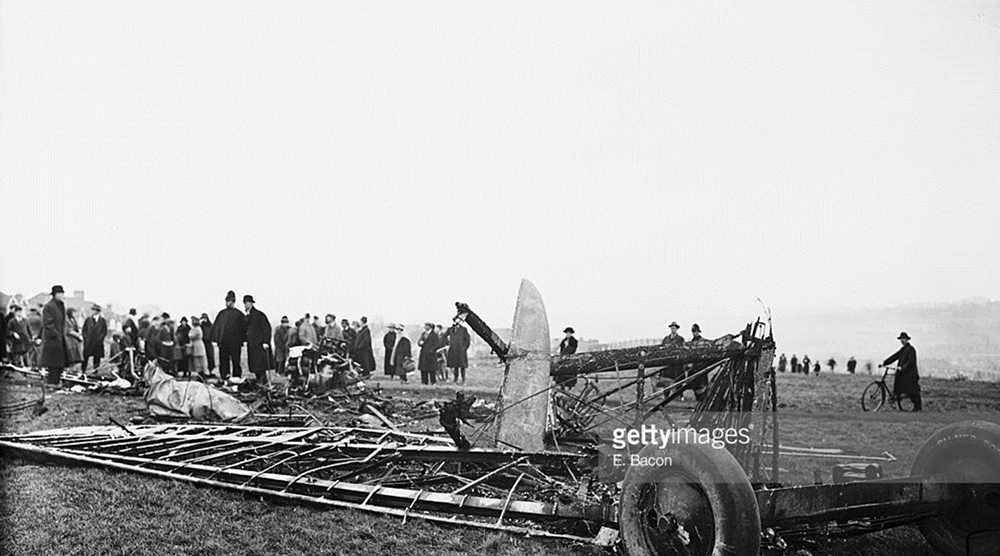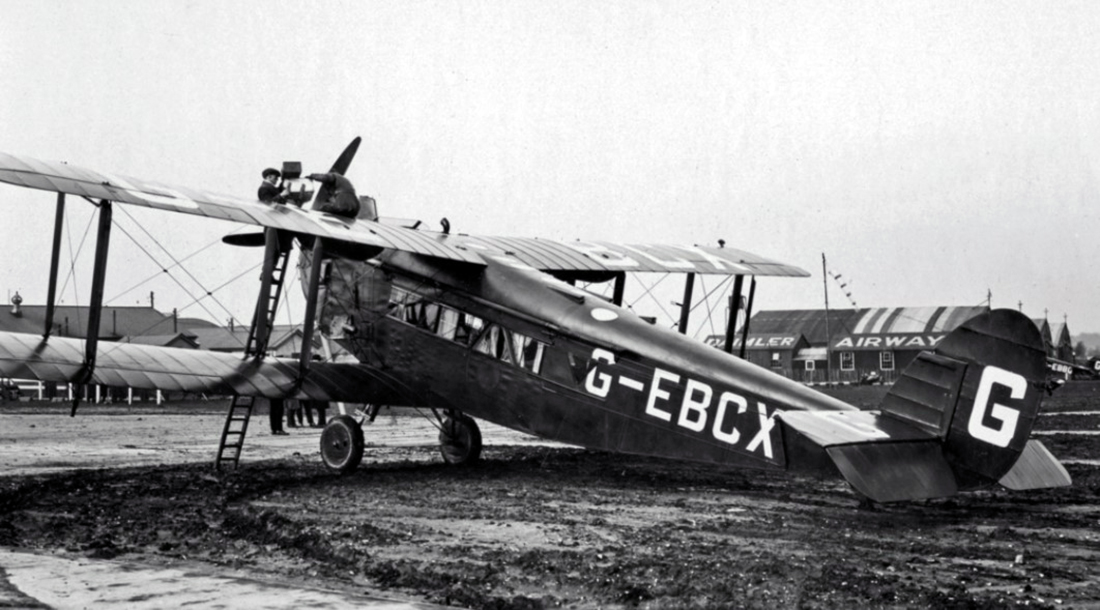Crash of a De Havilland DH.9A at RAF Kenley: 2 killed
Date & Time:
Nov 22, 1926
Registration:
J7310
Survivors:
No
Schedule:
Kenley - Kenley
Crew on board:
2
Crew fatalities:
Pax on board:
0
Pax fatalities:
Other fatalities:
Total fatalities:
2
Circumstances:
The crew was engaged in a local training mission at RAF Kenley, Shortly after takeoff, while in initial climb, the pilot made a left turn when the aircraft stalled and crashed. Both occupants were killed.
Crew:
F/Lt Felix St. John Woollard,
F/O Frederick Laing Collison.
Crew:
F/Lt Felix St. John Woollard,
F/O Frederick Laing Collison.












